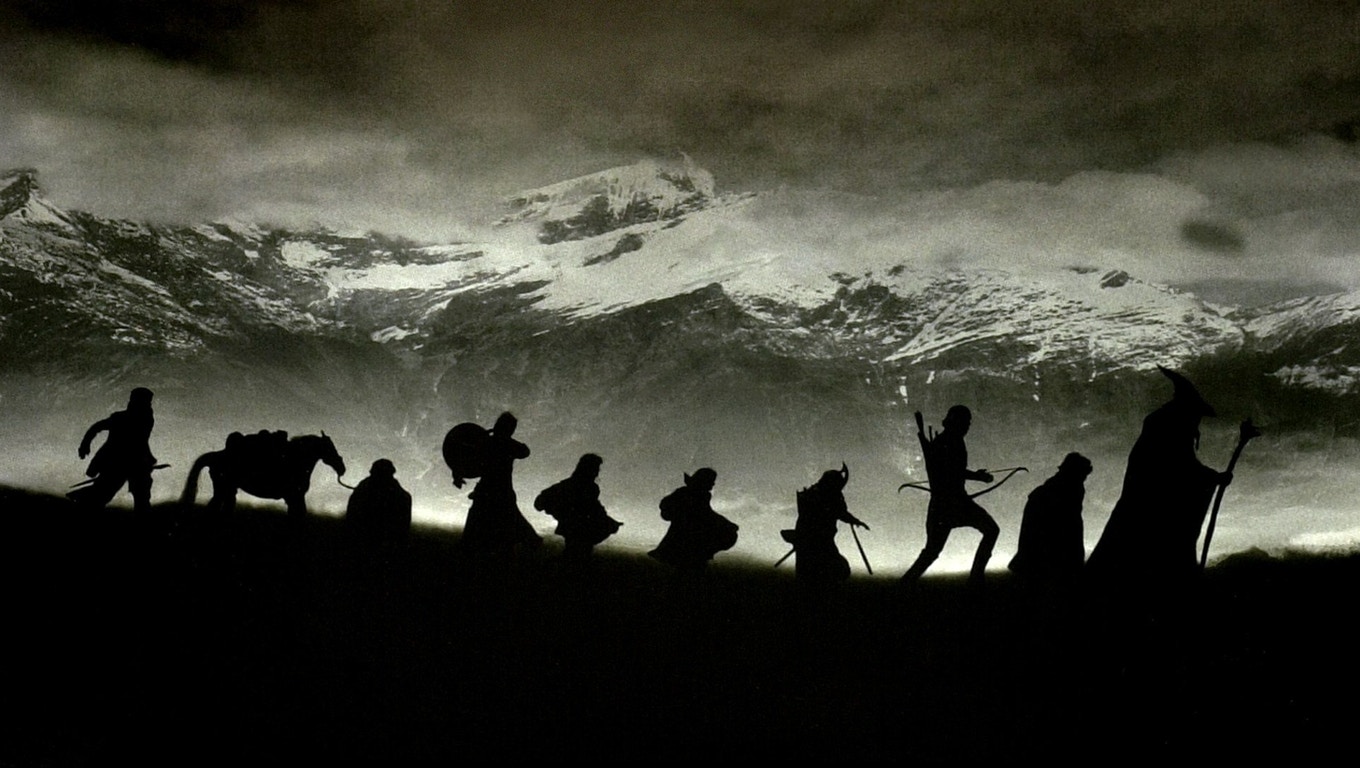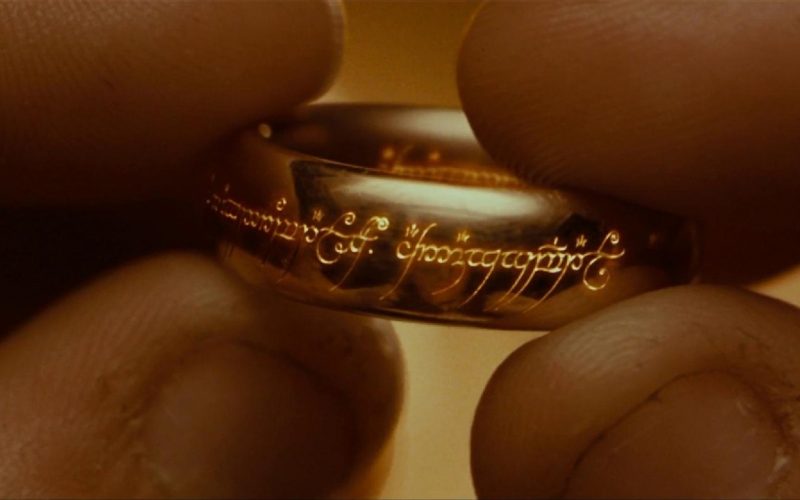The Lord of the Rings: The Fellowship of the Ring (2001).
One Saga to Rule Them All.
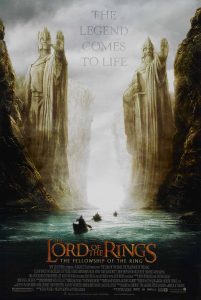 With the home video release of the Extended Edition of The Hobbit: The Battle of the Five Armies in 2015, director Peter Jackson finally brought his Middle Earth saga to a close and it’s likely that he’ll never have cause to return to adapting the work of J.R.R. Tolkien again. Given what a colossal undertaking it was for him since he first started early pre-production in August 1997, it would come as no surprise that he was finished with all things Middle Earth. Has one man ever had to give so much of himself to a project? I’d say in the realm of film, most certainly not.
With the home video release of the Extended Edition of The Hobbit: The Battle of the Five Armies in 2015, director Peter Jackson finally brought his Middle Earth saga to a close and it’s likely that he’ll never have cause to return to adapting the work of J.R.R. Tolkien again. Given what a colossal undertaking it was for him since he first started early pre-production in August 1997, it would come as no surprise that he was finished with all things Middle Earth. Has one man ever had to give so much of himself to a project? I’d say in the realm of film, most certainly not.
Yet here we are in late 2017 with news that Warner Brothers are finalising a deal with Amazon to turn The Lord of the Rings trilogy into a television series. For those fans who thought that Peter Jackson’s adaptation of Tolkien’s masterwork was the last word in all things Lord of the Rings, they may well be wrong. Does the world need a new adaptation of this beloved fantasy epic? Can it offer something new that Jackson’s films failed to? And ultimately, the one question this raises is how does Jackson’s three film saga stand up 14 years on. With that in mind I present my case as to why any reinterpretation of The Lord of the Rings really does have a monumental task ahead of it if it hopes to match Jackson’s saga.
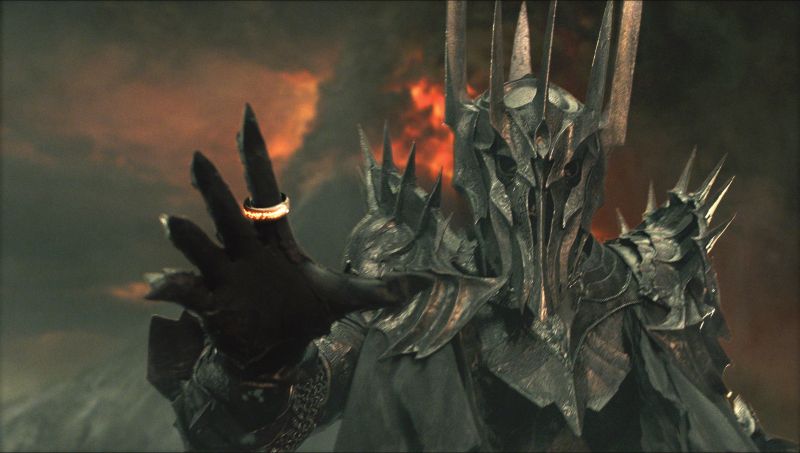
The books were, for the longest time, deemed to be unfilmable, so vast and epic in scope were they. To think that the Warner owned New Line Cinema were willing to give a little known Kiwi the keys to Middle Earth and over $300,000,000 to adapt The Lord of the Rings into initially two and then ultimately three films was a hell of a gamble at the time when you look at his body of work prior to Rings. A series of über-gory, ultra low budget horror comedies in the early part of his career led to two more respectable features, 1994’s acclaimed Heavenly Creatures and 1996’s The Frighteners. But these films, good though they were, weren’t really any sort of guarantee that he’d be the right man to take on a near impossible task but the studio must have seen that he had something about him and they took the gamble. To ask if that gamble paid off at this point would be plain silly but it cannot be understated just how much of a gamble this all was back in 1997.

In writing a retrospective piece about The Lord of the Rings trilogy I myself feel that I’m undertaking a huge task. These films are colossal and there’s so much that can be said yet so much that has already been said and written about them. Do I go for a detailed analysis, fanboy gushing or do I try to nitpick them to see if they’ve stood the test of time? The simple answer is to try a bit of all three if I can. I’ll make no bones about it, I love these films. But that wasn’t always the case.
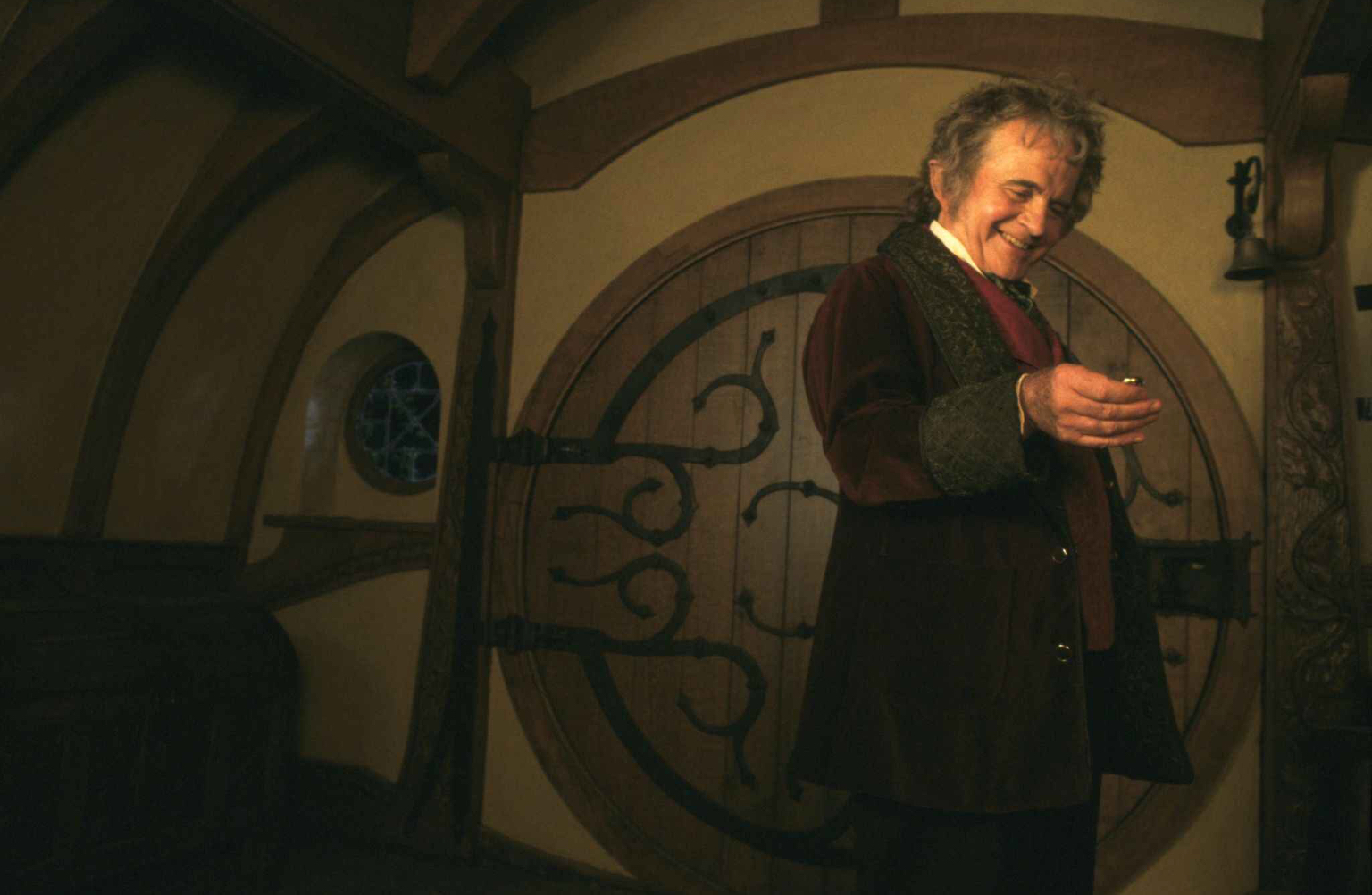
I first saw The Fellowship of the Ring upon its initial release in the cinema and whilst I appreciated the epic scale of the film I just didn’t feel invested in the story or characters having never read the books. Over the coming months I watched it (in truth an ex-girlfriend made me watch it) a few more times and all of a sudden something clicked with me and my appreciation for the film began to take a firm upward trajectory. It was upon seeing the extended edition of the first film where I truly fell in love with it. The extra scenes seemed to give just enough added character depth to solidify my outright love of it and any previous confusion as to who was who in the vast ensemble of characters was now long gone. By the time of the theatrical release of The Two Towers I was sold, hooked, an addict.
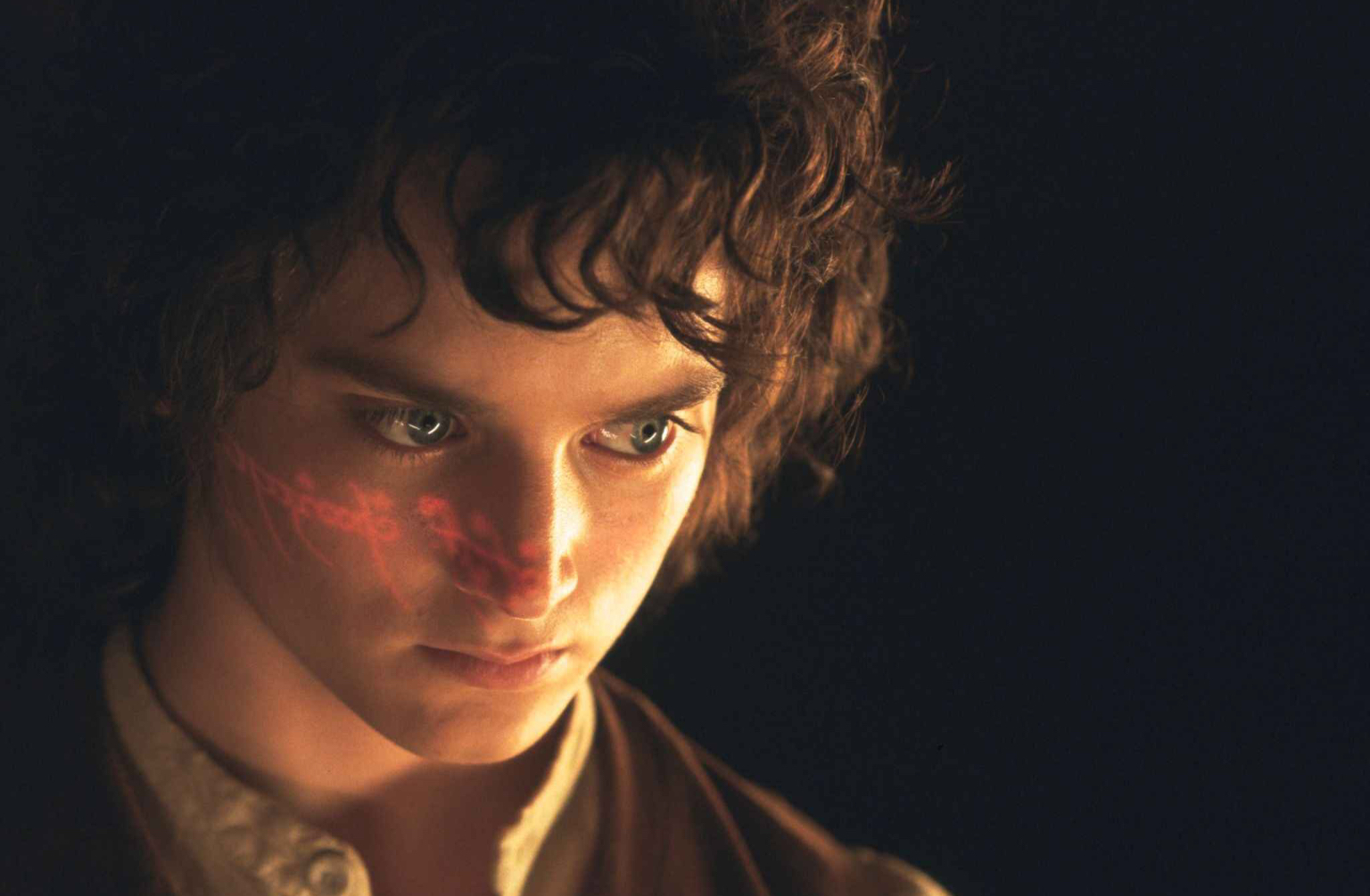
That said, it took me a while and several viewings of the first film to get to that point and I’ve since pondered what caused that. Maybe it was my lack of familiarity with the source material, maybe that having been reared on 80’s action and sci-fi I had an inherent reluctance to embrace the fantasy genre. But embrace it I eventually did and it was all down to the undeniable quality of this first film.
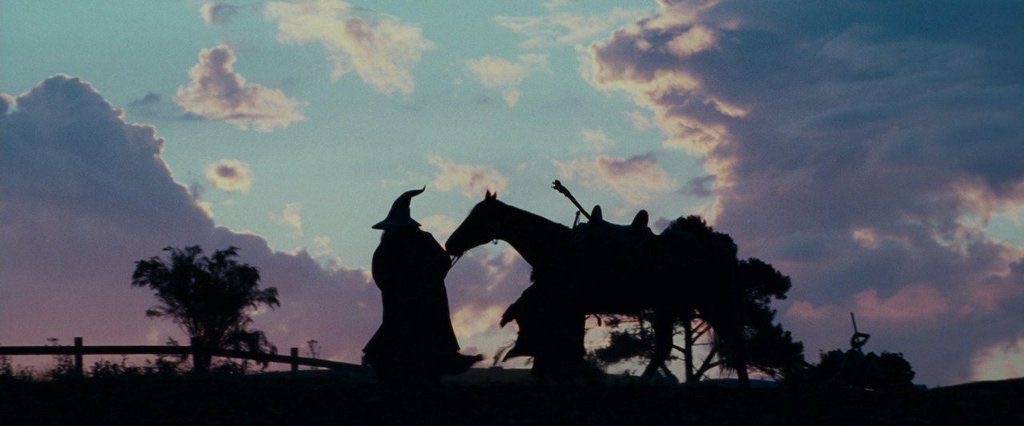
Fellowship was lavished with praise from fans and critics alike, numerous awards including 4 Oscars and a huge box office haul of $890,000,000 on an absurdly low budget for such a huge film of $93,000,000. The overwhelming quality of the film is all there on the screen. Its stellar ensemble cast is too vast to list here. I cannot see any other actors more fittingly bringing these characters to life. Elijah Wood is perfect as Frodo, wide eyed and innocent to begin with but gradually succumbing to the grip of the One Ring. Viggo Mortensen, a last minute addition to the cast, brings nobility and pathos to fan favourite Aragorn. Sirs Ian McKellen and Tolkien expert Christopher Lee are phenomenal as opposing wizards Gandalf and Saruman.

I cannot fault any of the main cast and their characters are so well fleshed out that even characters that make fairly late appearances (and then early exits in the series) more than make their mark. Take Sean Bean’s Boromir for example. Bean gave his character many of the same traits as Aragorn but with an underlying desperation to save his people that ultimately seals his doom. He is in essence extremely heroic, but then he veers towards being a grave threat to Frodo as the allure of the Ring takes hold before ultimately sacrificing himself in one of the trilogy’s most moving scenes. He returns for a superbly well integrated cameo in The Two Towers’ Extended Edition that gives even more depth to his character’s motivations. I could go on enthusing about the numerous performances but there are so many other aspects of the film’s quality to cover.
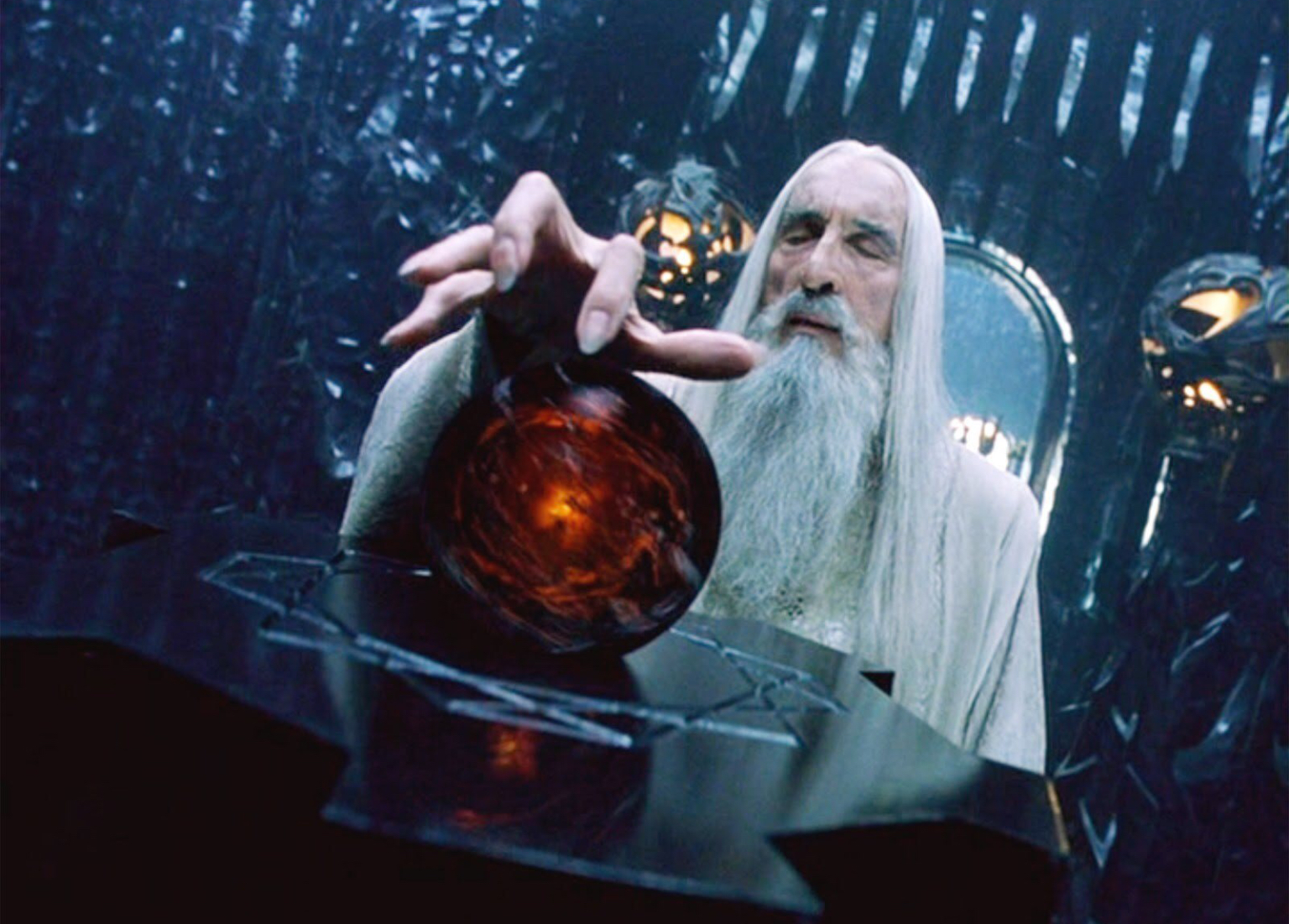
The script is very faithful to the books and whilst hardcore fans have been somewhat harsh about some of the omissions I fully agree with the choices that Jackson and co-writers Philippa Boyens and Fran Walsh made. Characters such as Tom Bombadil, whilst beloved by fans of the books, would have been jarringly out of place in this take on the source material. Adapting a huge tome such as this is all about carrying over the themes and feel of the story and characters whilst making the necessary changes to support a more streamlined and focussed narrative. Jackson and Co. do a phenomenal job in this department.
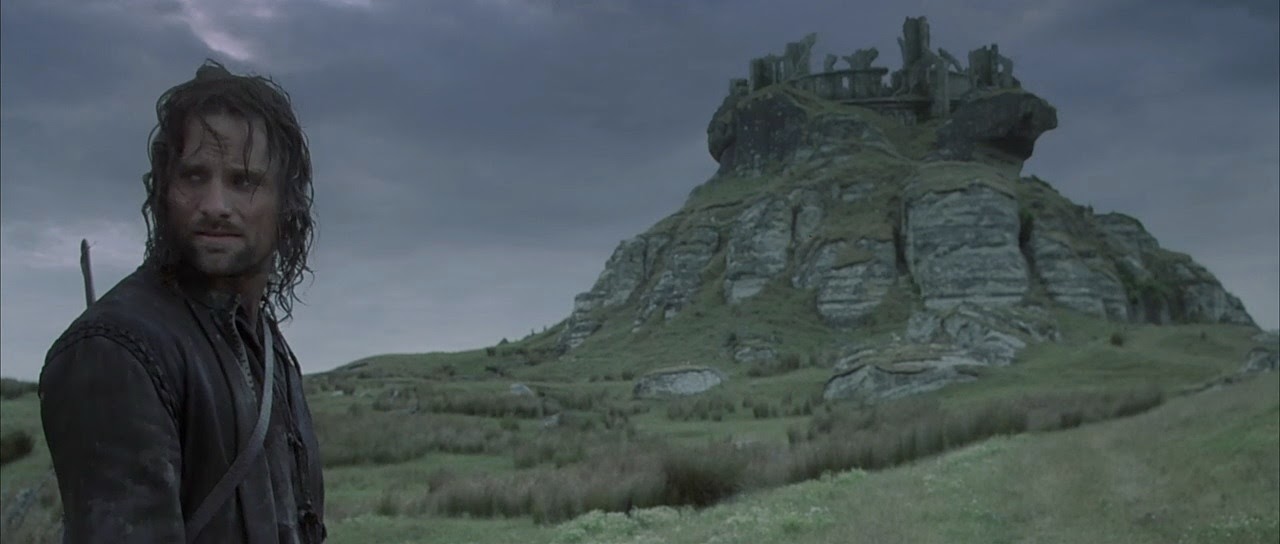
The use of New Zealand’s stunning real life locations is one of the film’s greatest strengths and the use of CGI to enhance these locales is subtle and it is hard to distinguish from what is real and what isn’t even 14 years on. I really have never seen such a beautiful looking series of films and it’s a testament to how stunning a country New Zealand is and coupled with flawless cinematography by the sadly departed Andrew Lesnie, the film, like its sequels, is a feast for the eyes. These films really couldn’t have been filmed anywhere else.
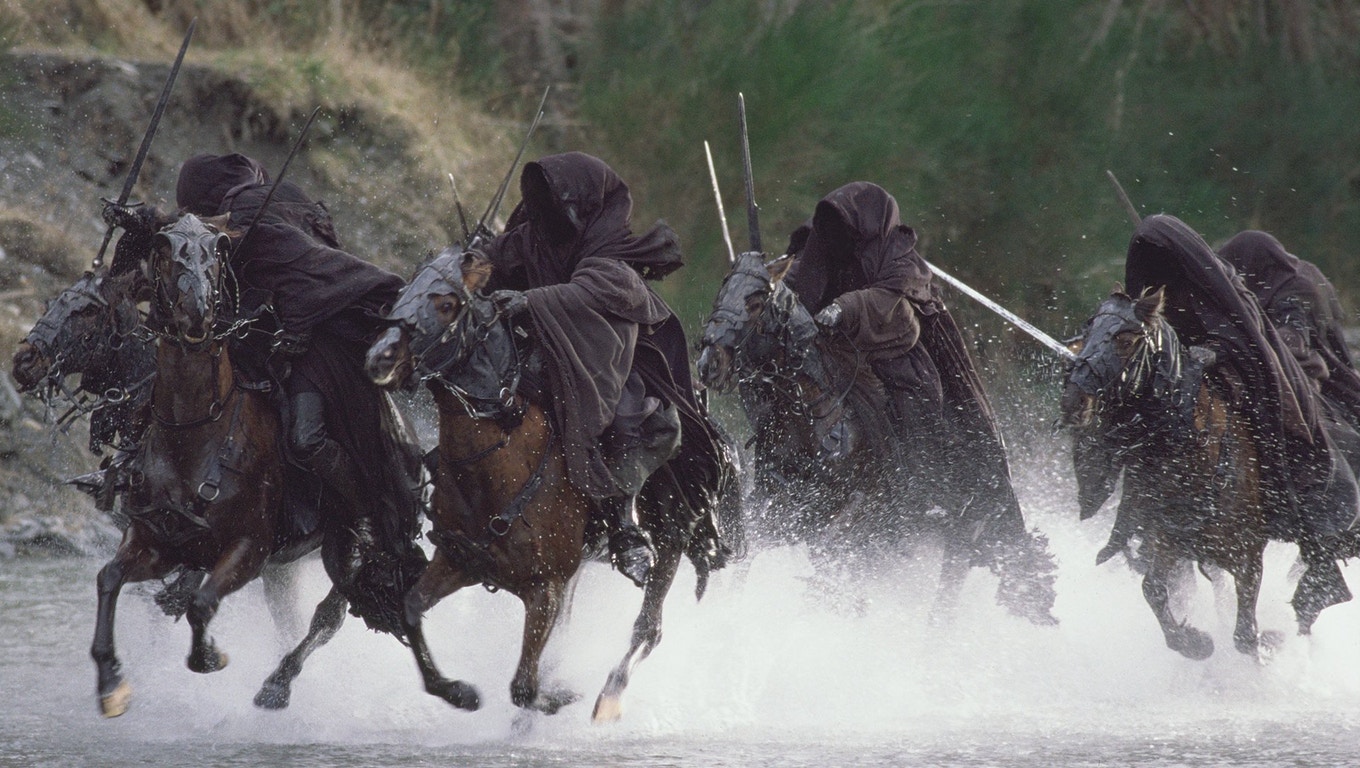
Peter Jackson worked with a different editor on each film in the trilogy as piecing each film together was such a complex undertaking. He takes his time on shots where need be but on the whole the pace of the first film is at times quite frenetic, certainly in the first half and whilst the film is epic is scope it moves along at a satisfying pace. In the subsequent Hobbit trilogy he adopted a more crazed editing style akin to that of Sam Raimi that wasn’t always to my liking but here he’s suitably more restrained.

An epic film such as this needs a suitably rich and epic soundtrack and composer Howard Shore has created a score that is without doubt one of the greatest in all of film. Individual character themes blend in with music that is specific to locations and also to the different races that inhabit Middle Earth. I have listened to the complete recordings numerous times and it’s a score that is at times rousing, melancholy, heroic, jovial, haunting and more adjectives than I care to list here.
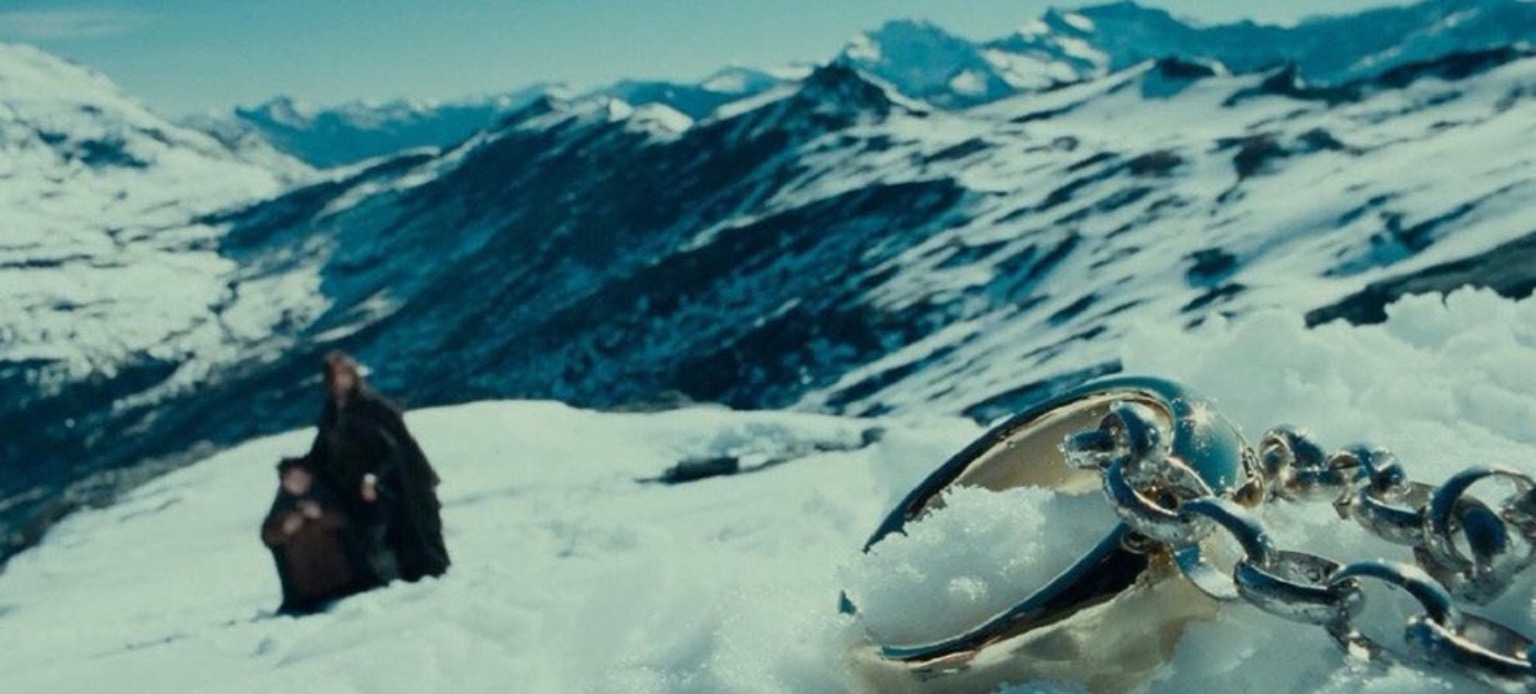
Jackson’s enthusiasm for the source material seems to have created an extremely close-knit environment in which the actors and crew appear to have had an incredible time making these films and this is very much apparent in the behind the scenes material, tens of hours of which has graced the numerous home releases of The Lord of the Rings. The attention to detail from every department from props, set design, wardrobe, make-up and the vast special effects teams is richly apparent throughout every aspect of the film and imbues the final product with a sheen and polish that I can find no equal to in the medium of film.
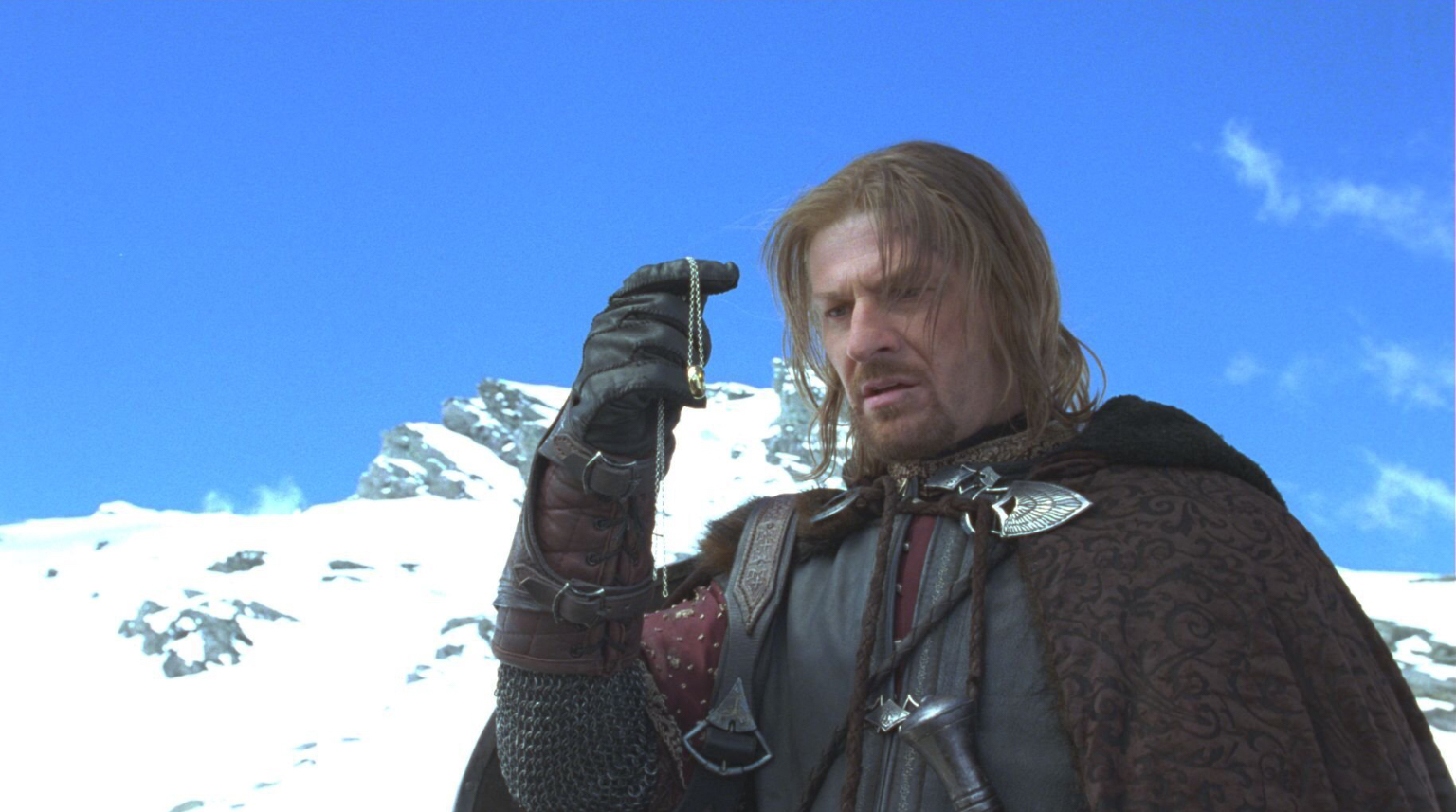
So, I’ve covered the fan-boy gushing, what about a bit of analysis? I believe that one’s appreciation of these films is enriched when you identify the subtle commentary that Professor Tolkien weaves throughout the saga. He was a man who was very much affected by the horrors he witnessed during WWI. Much of the story of Frodo and Sam, two relatively young innocents who were thrust into a conflict far bigger than they could initially comprehend, is one that would prove very traumatic and costly to both of them. This is a clear parallel to the countless young men, British soldiers, who Tolkien saw have their lives destroyed (or taken completely) by the Great War. This theme is subtle in Fellowship and becomes far more overt in the following two films but the seeds are sown here.

The second theme that he wove into his tale was that of his love of nature, as exemplified by the Hobbits, and his disdain at seeing the English countryside he loved so much as a young boy being altered by industrialisation. In the film this takes the form of Saruman commanding his Orcs to tear down a huge forest to make way (and fuel) for his vast war machine. Tolkien’s repost to this would follow in the second film with nature itself (the Ents) turning on and destroying Saruman’s fortress.
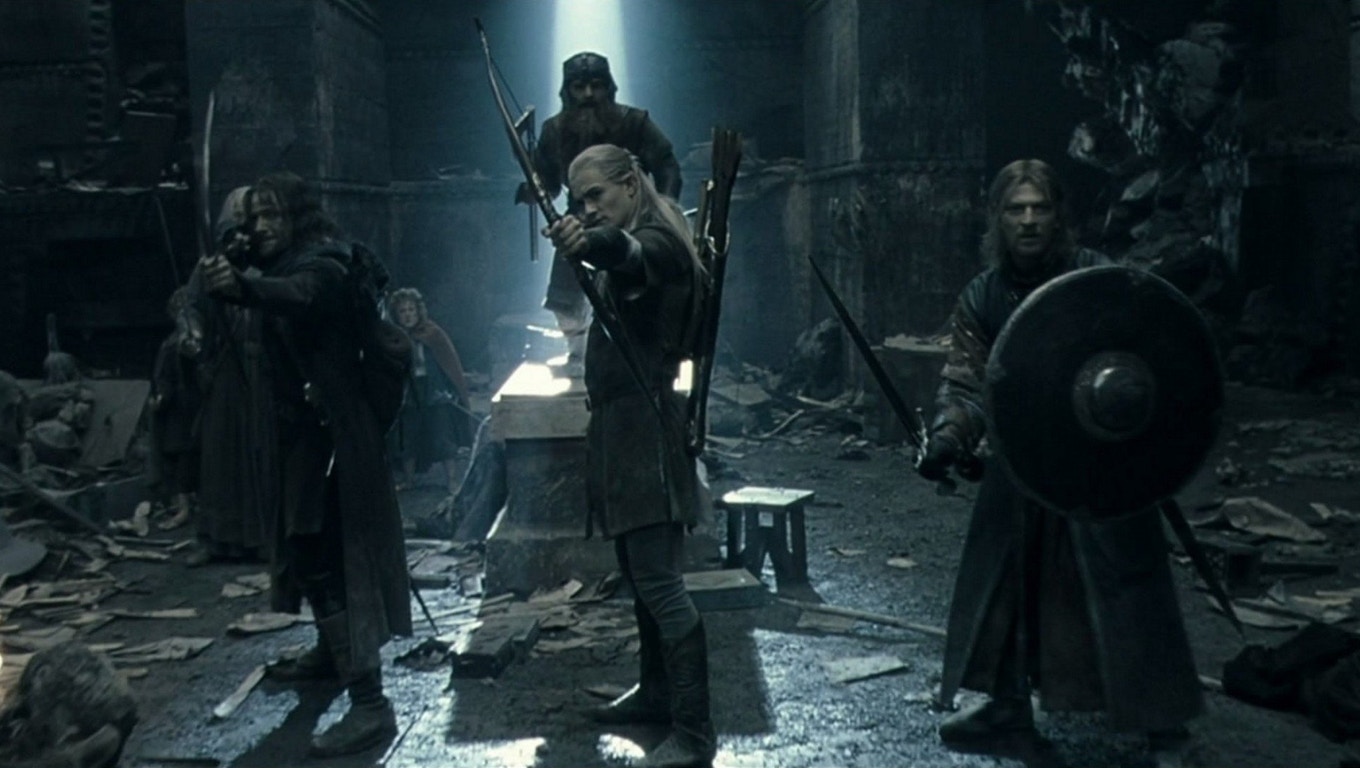
The third aim I set myself in this review was nit-picking or at least reappraising the film 16 years on. Does it still hold up? Well it would be easy to take for granted the mark that this saga has left on the cinematic landscape. Never before had three huge, epic films been shot back-to-back and released three years in succession to such overwhelming acclaim. As proven by the subsequent Hobbit trilogy, which I may well come to in a later series for Film ‘89, The Lord of the Rings may be the only time such a venture will ever be as successful as this. The three films are ranked highly in the IMBD Top 250 films of all time 8th, 11th and 15th at time of writing and if anything, since their release as a whole their rankings have gone up, so in answer to my own question, yes, clearly they do still hold up and are ranked higher than any other trilogy. And from my own personal perspective they’re every bit as good now as they were over a decade and a half ago.
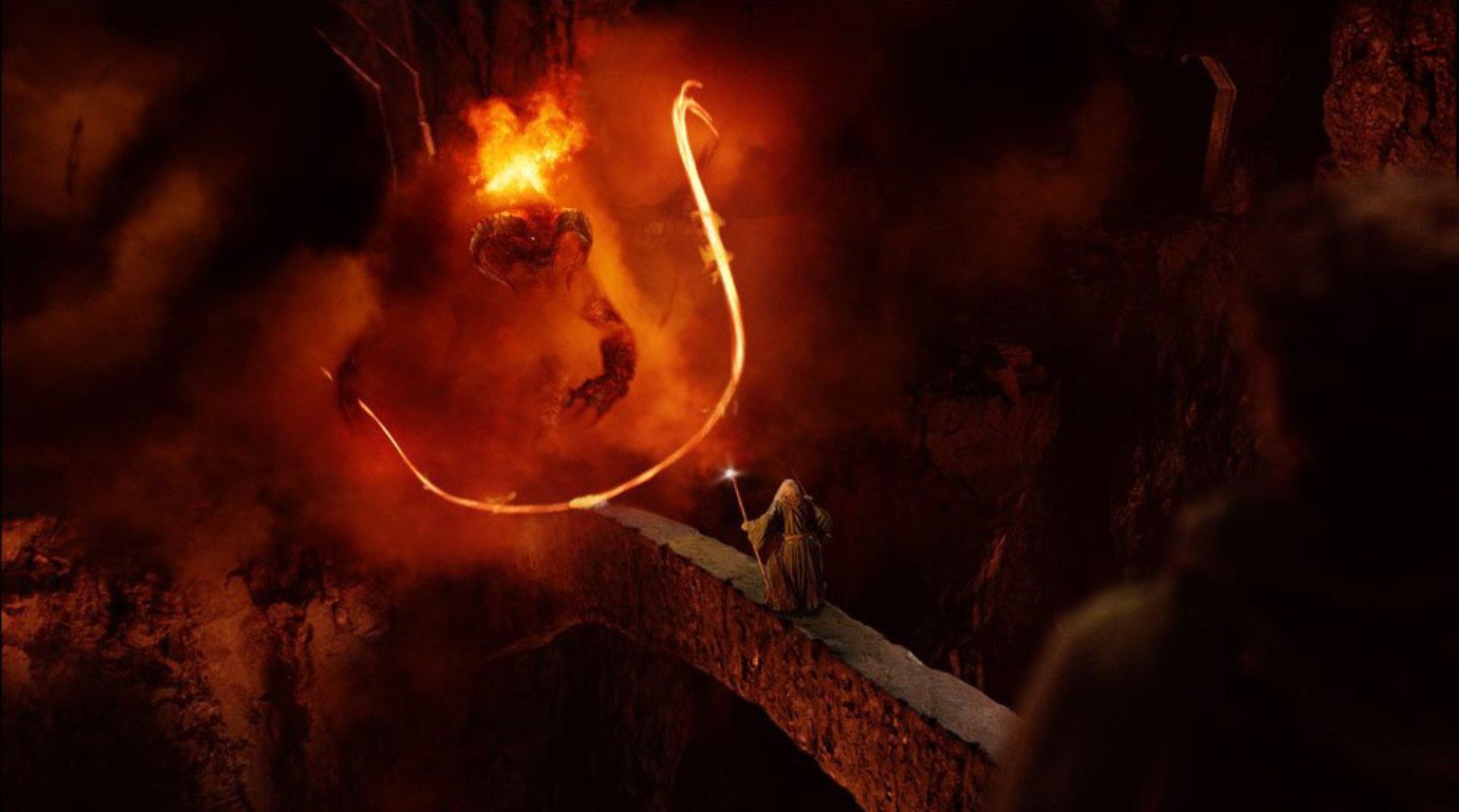
So I’ll bring this first chapter to a close. The Fellowship of the Ring is one of my personal favourite films and if you’ve never seen it or haven’t seen it since it was first released I implore you to go out right now and buy the Extended Trilogy box set. They truly are a one-off in the history of cinema, rich, rewarding epic films of the very highest order and we may never see their like again. And yes Amazon, that was indeed a hint.
Film ‘89 Verdict – 10/10
